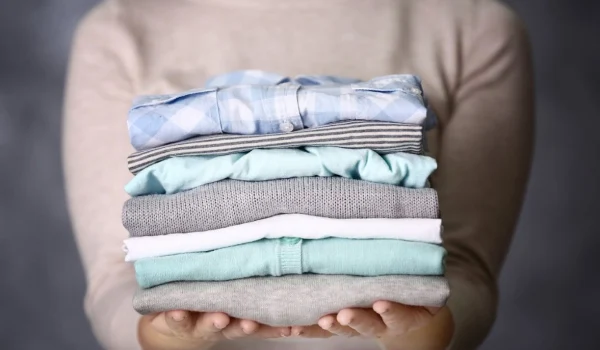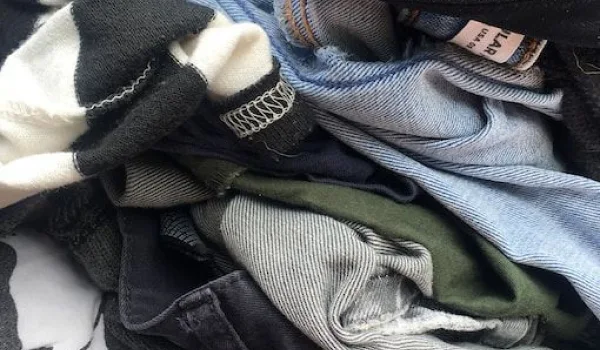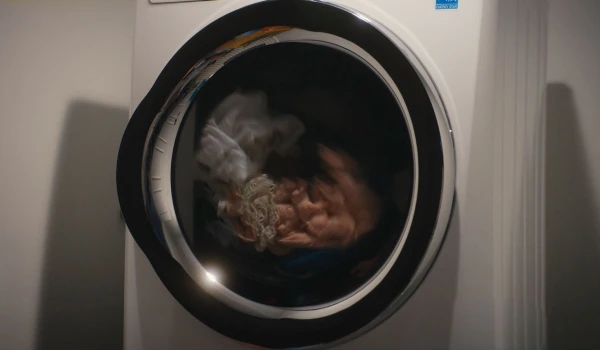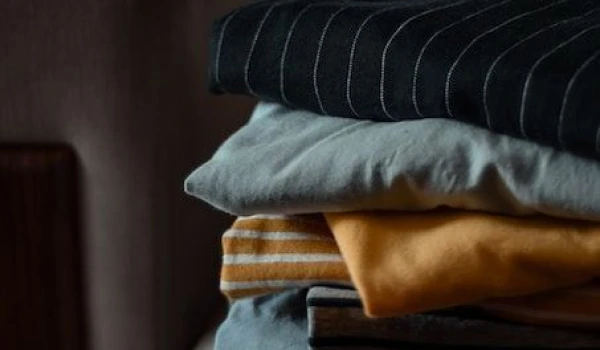Introduction
Choosing the right laundry detergent is more than just picking your favorite scent or a familiar brand. It involves understanding the ingredients that help clean your clothes and knowing which chemicals to avoid for a healthier, more eco-conscious laundry routine. In this article, we’ll uncover common ingredients in detergents, highlight chemicals to steer clear of, and explain how detergents work to effectively clean fabrics. Finally, we'll introduce Rinse's commitment to safe and sustainable laundry care solutions.
Laundry Detergent: 8 Common Ingredients
Understanding what’s inside your laundry detergent is essential for making informed decisions about the products you use. Here are eight common ingredients that play a key role in the cleaning process:
1. Surfactants
Surfactants are the backbone of laundry detergents, responsible for breaking the surface tension of water so it can more easily penetrate fabric fibers. This helps lift dirt, oil, and stains from your clothes. Surfactants like sodium lauryl sulfate (SLS) are commonly found in both liquid and powder detergents.
2. Enzymes
Enzymes are naturally occurring proteins that target specific types of stains. For example, proteases break down protein-based stains like sweat and blood, while amylases work on carbohydrate-based stains like food. Enzyme-containing detergents are especially effective at removing tough stains without needing to rely on bleach.
3. Builders
Builders help to soften hard water by neutralizing the minerals in it, allowing the detergent to work more efficiently. Sodium carbonate (also known as wash soda) is a common builder found in many laundry detergents. Builders also prevent soap scum from forming on clothes, keeping them cleaner.
4. Bleaching Agents
Bleaching agents like hydrogen peroxide or sodium percarbonate are used to whiten and brighten clothes, removing stains such as wine, coffee, and grass. Unlike chlorine bleach, these oxygen-based bleaches are gentler on fabrics and don’t produce toxic fumes.
5. Fragrances
Fragrances are added to laundry detergents to give clothes a fresh scent after washing. While many consumers enjoy the smell of a "clean" product, synthetic fragrances can sometimes cause skin irritation and contribute to indoor air pollution. Opt for fragrance-free or naturally scented detergents when possible.
6. Stabilizers
Stabilizers help maintain the formula’s effectiveness over time, preventing the detergent ingredients from breaking down or separating. They ensure that your liquid or powder detergent works consistently from the first wash to the last.
7. Antiredeposition Agents
These agents prevent dirt and stains from re-depositing on clothes during the wash cycle. They work by keeping dirt particles suspended in the water so they can be rinsed away, ensuring your laundry comes out clean.
8. Chelating Agents
Chelating agents, such as ethylenediaminetetraacetic acid (EDTA), bind to metal ions like calcium and magnesium found in hard water. By doing so, they improve the efficiency of the surfactants and enzymes, especially in areas with hard water. This prevents dullness in white laundry caused by mineral deposits.

What Chemicals Should You Avoid?
Choosing a clean product for your laundry routine is about more than just finding an effective detergent. It's crucial to avoid harmful chemicals that can pose risks to your health and the environment. Here are six chemicals to be cautious of when selecting your laundry detergent:
Phosphates
Phosphates are used as builders in detergents but can cause significant environmental harm. When they enter water systems, phosphates contribute to algae overgrowth, which depletes oxygen levels and threatens aquatic life. Look for phosphate-free detergents to minimize your environmental impact.
Nonylphenol Ethoxylates (NPEs)
NPEs are surfactants that break down into nonylphenol, a toxic substance that can disrupt hormones in both humans and wildlife. Many countries have banned NPEs due to their harmful effects, but they may still be present in some products. Opt for detergents labeled NPE-free.
Optical Brighteners
Optical brighteners are chemicals that coat fabric fibers with a fluorescent layer, making clothes appear whiter and brighter. However, they don’t actually clean clothes, and their residues can cause skin irritation. They’re also not biodegradable, leading to environmental concerns. Instead, look for detergents without optical brighteners.
Synthetic Fragrances
While a fresh scent might seem appealing, synthetic fragrances can contain hundreds of chemicals, some of which are linked to allergies, asthma, and hormone disruption. Choose fragrance-free or naturally scented products that use essential oils for a safer alternative.
Formaldehyde
Formaldehyde is a preservative found in some laundry detergents. It is a known carcinogen and can also cause respiratory issues and skin irritation. Always check ingredient lists and avoid detergents that contain formaldehyde or its derivatives.
1,4-Dioxane
1,4-Dioxane is a byproduct of the manufacturing process for some detergents. It’s classified as a probable human carcinogen, and although it’s not always listed as an ingredient, it can be present in detergents that contain ethoxylated compounds. Look for "1,4-Dioxane-free" labels when shopping for detergent.

How Do Detergents Work While Cleaning Clothes?
Laundry detergents remove stains and grime through a series of chemical processes. Here’s a breakdown of how detergents work to get your clothes clean:
1. Wetting and Penetration
Surfactants in the detergent reduce the surface tension of water, allowing it to penetrate the fabric fibers more easily. This enables the detergent to reach deep into the fabric where dirt and stains reside.
2. Emulsification and Suspension
Once the water and detergent penetrate the fabric, the surfactants emulsify the oils and fats from the stains, breaking them down into smaller particles. These particles are then suspended in the water, preventing them from settling back onto the fabric.
3. Chemical Reaction with Stains
The enzymes and bleaching agents in detergents react chemically with different types of stains to break them down. For example, proteases break down protein-based stains like blood, while oxygen bleach removes organic stains like wine and coffee.
4. Dispersal of Particles
After the stains have been broken down, the detergent ensures that the dirt and particles remain dispersed in the wash water. Antiredeposition agents prevent these particles from settling back onto your clothes during the wash cycle.
5. Rinse and Removal
Finally, the detergent and water work together to rinse away the dirt, oil, and particles that have been lifted from the fabric. This leaves your clothes clean, bright, and fresh, free from the residue of dirt and detergent.

Ensure Safe Detergents With Rinse
At Rinse, we prioritize the use of safe, eco-friendly detergents in all of our laundry services. We understand the importance of maintaining garment quality while also promoting environmentally conscious practices. Our detergent selection process ensures that your clothes are cleaned with products free from harmful chemicals like phosphates, NPEs, and formaldehyde.
By choosing Rinse, you can trust that your laundry is treated with care, keeping your fabrics fresh, clean, and safe for you and the environment. Experience the convenience of professional laundry care while making eco-friendly choices by subscribing to Rinse today.
For more information on laundry detergent, check out our other posts here:
By choosing the right laundry detergent, avoiding harmful chemicals, and understanding how detergents work, you can achieve clean, fresh laundry without compromising your health or the environment.
Contact us at Rinse today to see our skill in action.

Have laundry or dry cleaning to do?
Rinse picks up, cleans and delivers 7 days a week. Amazingly awesome. Ridiculously simple.
















